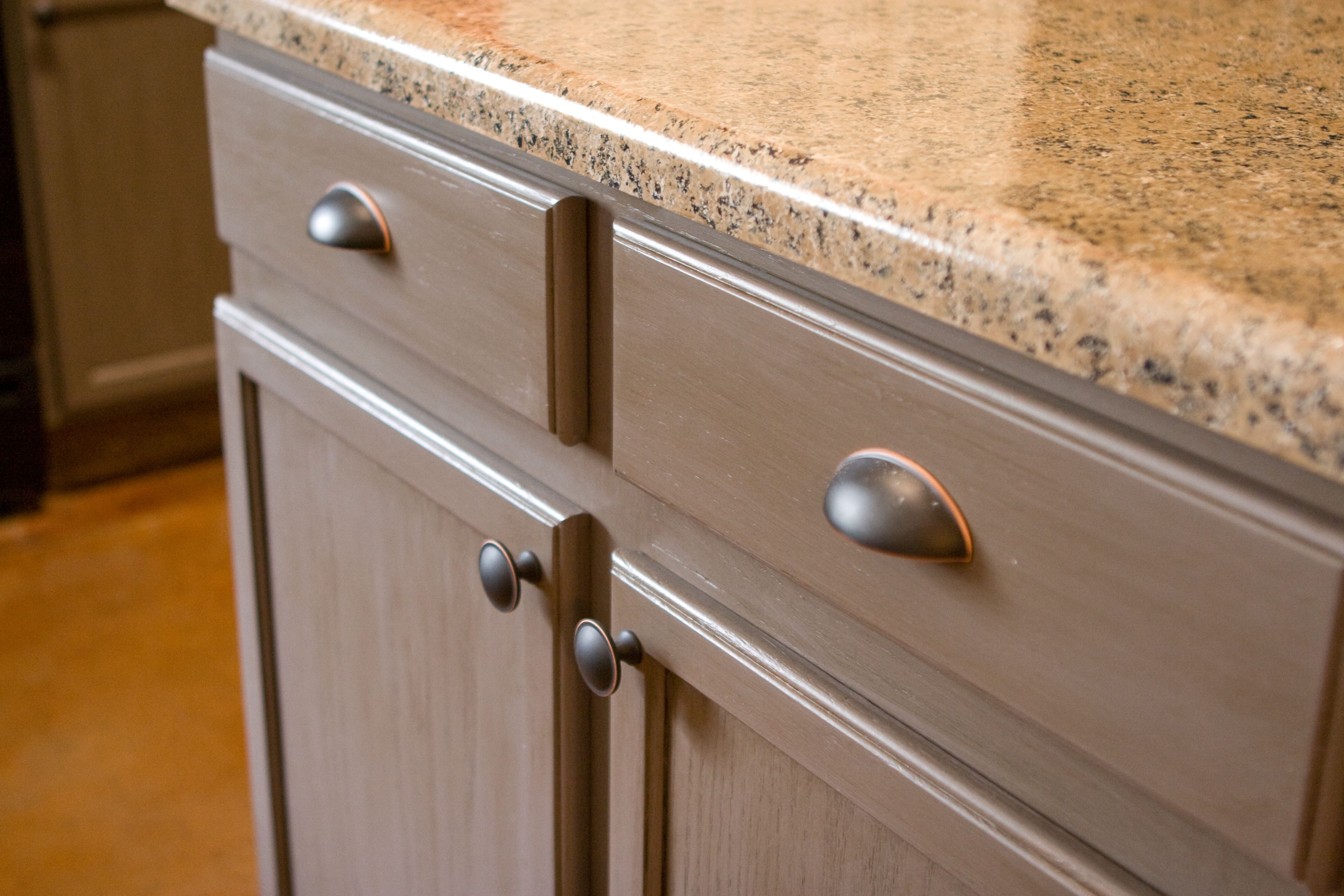Rustoleum Cabinet Transformations: Rustoleum Cabinet Transformations Stone Gray

This project details a cynical yet practical approach to kitchen cabinet refinishing using Rustoleum Stone Gray paint. The inherent limitations of this method, often touted as a cost-effective solution, will be examined alongside the execution process. While promising a quick and cheap makeover, the reality often involves unforeseen challenges and compromises.
Rustoleum Stone Gray Cabinet Makeover: Project Overview, Rustoleum cabinet transformations stone gray
This section provides a detailed, step-by-step guide to transforming kitchen cabinets using Rustoleum Stone Gray paint. The process, while seemingly straightforward, requires meticulous preparation and execution to avoid a subpar result. Remember, the “cheap” alternative often demands more time and effort than initially anticipated.
Materials Required for Rustoleum Cabinet Refinishing
A comprehensive list of materials is crucial for a successful project. Lack of proper supplies will inevitably lead to delays, frustration, and a potentially inferior finish. The cost of these materials, when added up, might challenge the initial “budget-friendly” perception of this method.
| Step | Description | Materials | Considerations |
|---|---|---|---|
| 1. Preparation | Thoroughly clean cabinets with a degreaser. Remove all hardware (knobs, hinges). Sand surfaces to create a smooth, even base. Fill any holes or imperfections with wood filler, and sand again once dry. This stage, often underestimated, is critical for adhesion and a professional finish. Skipping steps here will result in a shoddy outcome. | Degreaser, sandpaper (various grits), wood filler, putty knife, scraper, drop cloths | Ensure complete removal of grease and grime. Proper sanding is paramount for paint adherence. Choose appropriate wood filler for the cabinet material. |
| 2. Priming (Optional, but Recommended) | Apply a high-quality primer to ensure even paint coverage and prevent bleed-through, especially on darker wood. Allow to dry completely according to manufacturer’s instructions. This step is often skipped in rushed projects, resulting in uneven color and poor longevity. | Primer (oil-based or water-based, depending on cabinet material and paint type), paint brush or roller | Choose a primer compatible with both the cabinet material and the Rustoleum Stone Gray paint. Apply thin, even coats to avoid drips and runs. |
| 3. Painting | Apply Rustoleum Stone Gray paint in thin, even coats. Allow each coat to dry completely before applying the next. Use a high-quality brush or roller for a smooth finish. Multiple thin coats are superior to one thick coat, which can lead to drips, runs, and uneven coverage. | Rustoleum Stone Gray Cabinet Transformation Paint, high-quality paint brush or roller, paint tray | Maintain consistent brushstrokes to prevent visible brush marks. Proper ventilation is essential, especially when using oil-based paints. Over-application can lead to longer drying times and an uneven finish. |
| 4. Drying and Curing | Allow the paint to dry completely according to the manufacturer’s instructions. This can take several hours or even days depending on the number of coats, paint type, and environmental conditions. Rushing this step will compromise the durability and longevity of the finish. | None | Patience is key. Premature handling can lead to smudges, scratches, and other imperfections. Proper ventilation will aid in the drying process. |
| 5. Reassembly | Once the paint is fully cured, reattach all hardware. Inspect the cabinets carefully for any imperfections and touch up as needed. This final step completes the transformation, but any shortcuts taken in previous steps will be glaringly apparent. | Screwdriver, hardware | Take your time and ensure proper alignment of all hardware. Minor imperfections can be easily addressed with touch-up paint. |
Step-by-Step Guide with Image Descriptions
The following is a step-by-step guide, each step accompanied by a detailed description of what a corresponding image would show. Note that these descriptions are designed to evoke the visual aspects, not to replace actual imagery.
